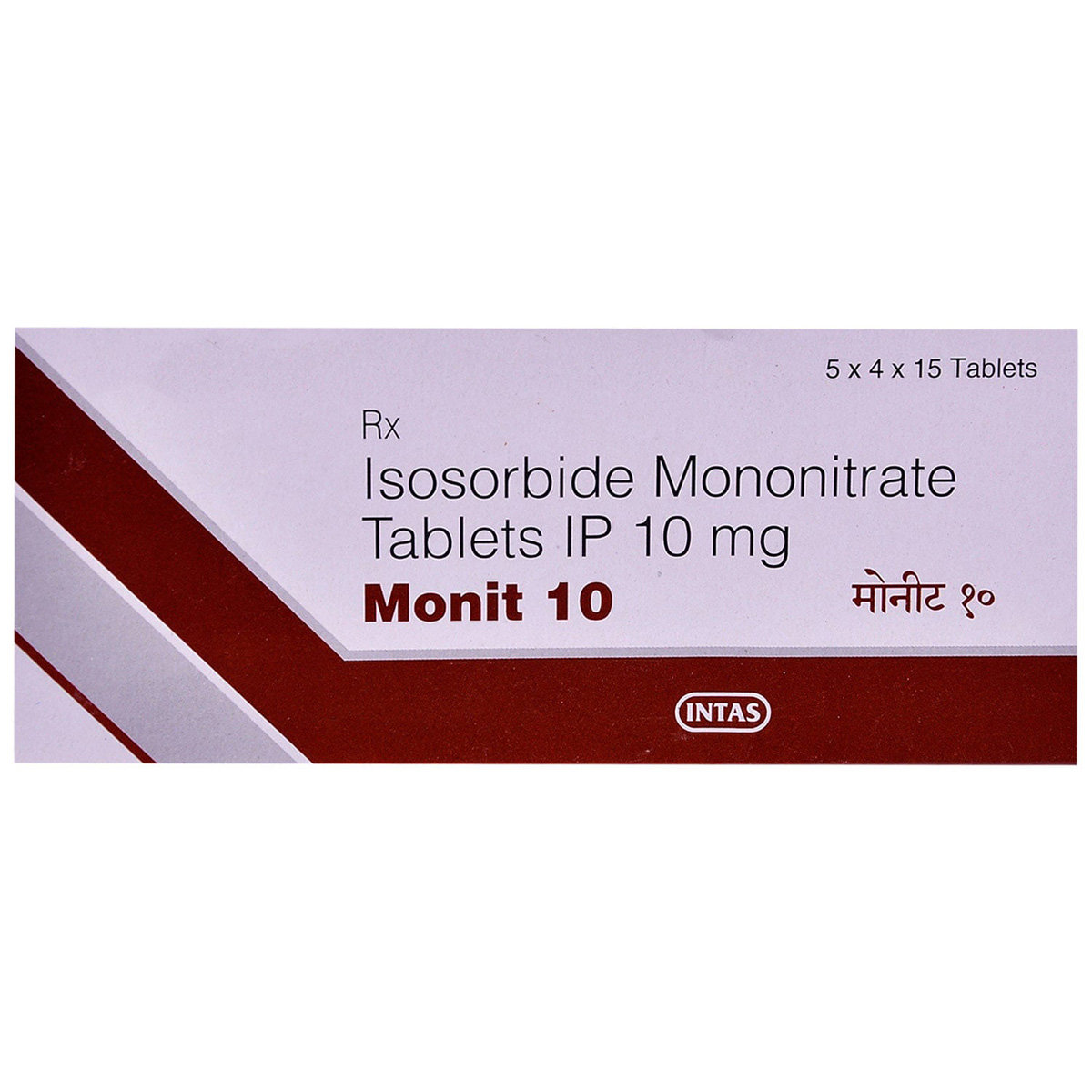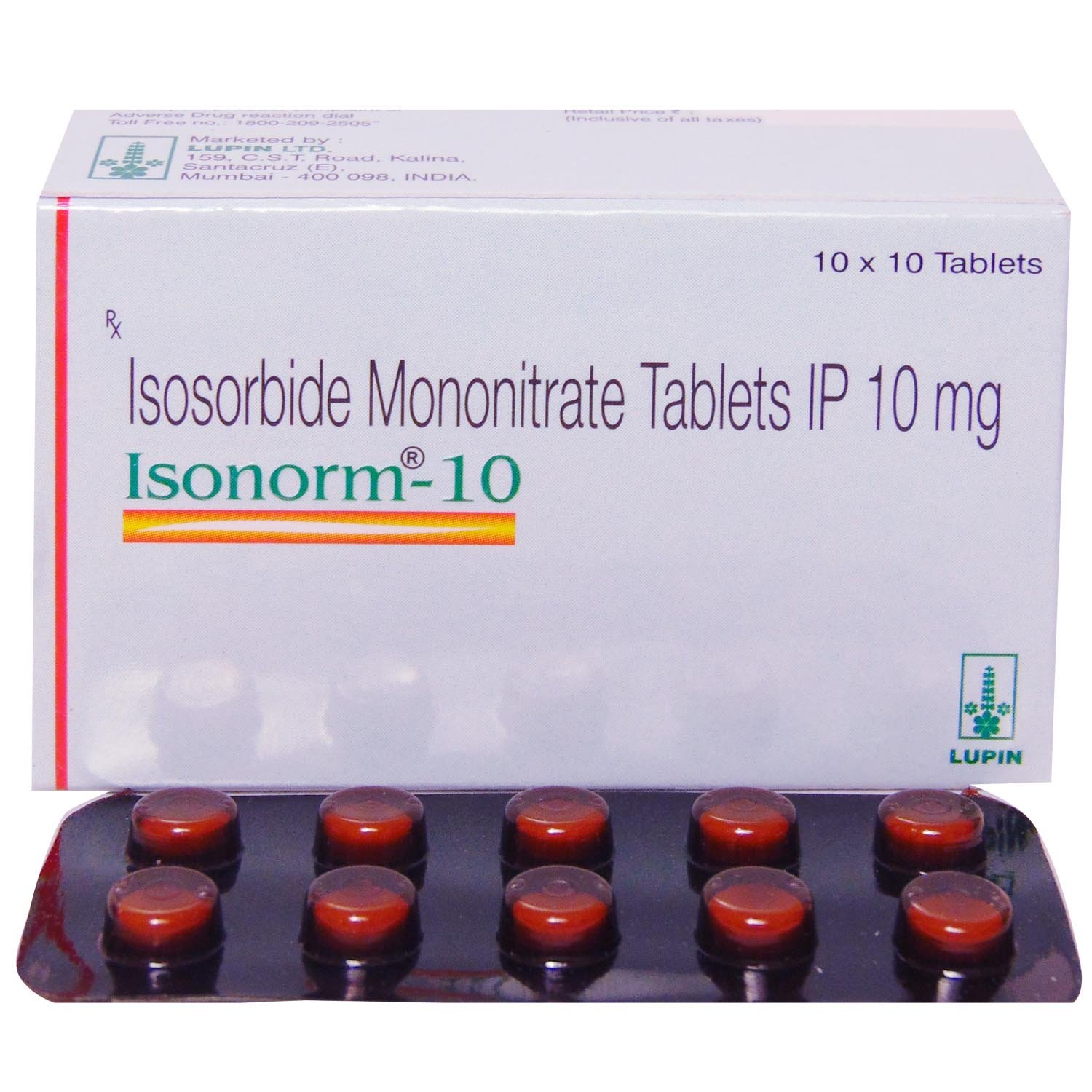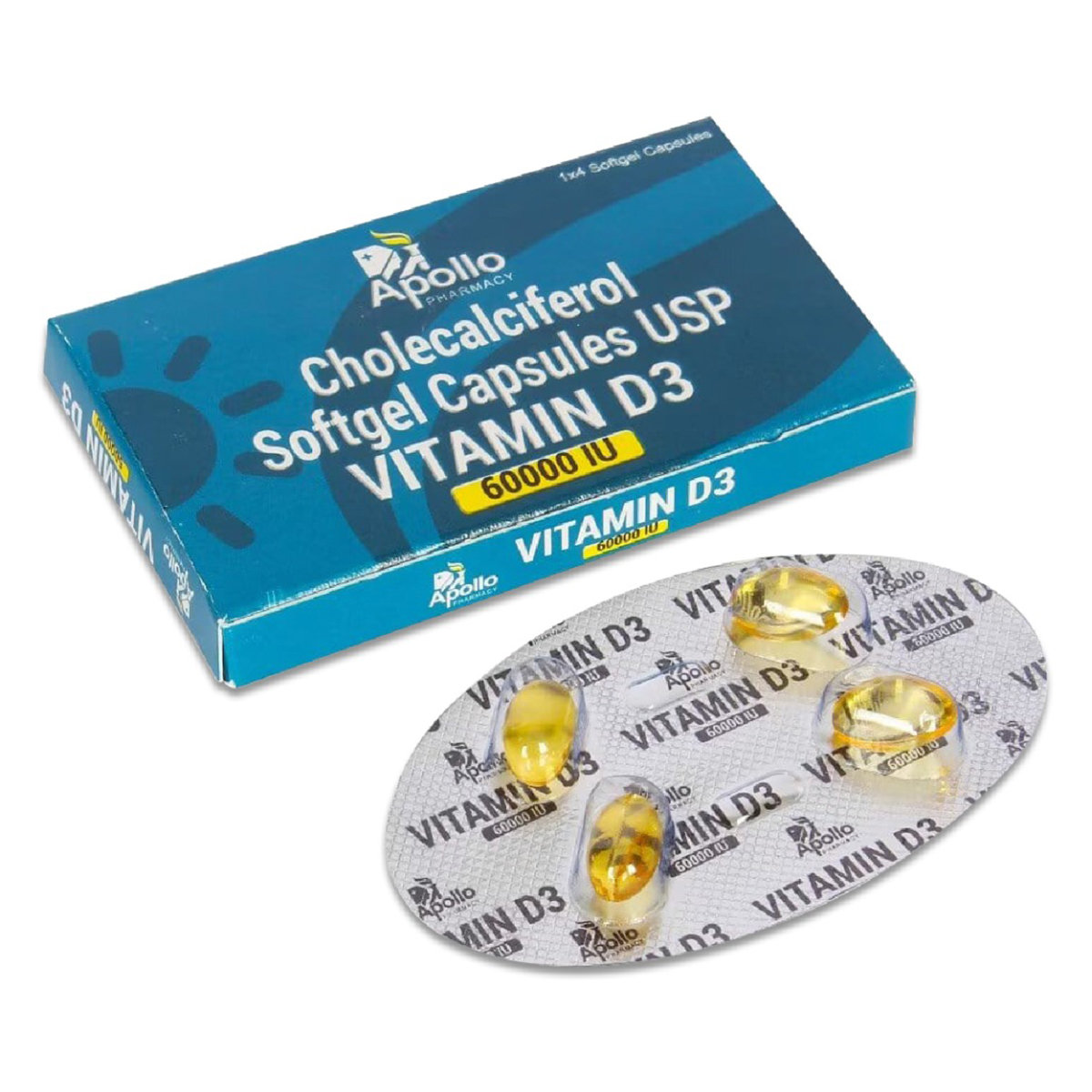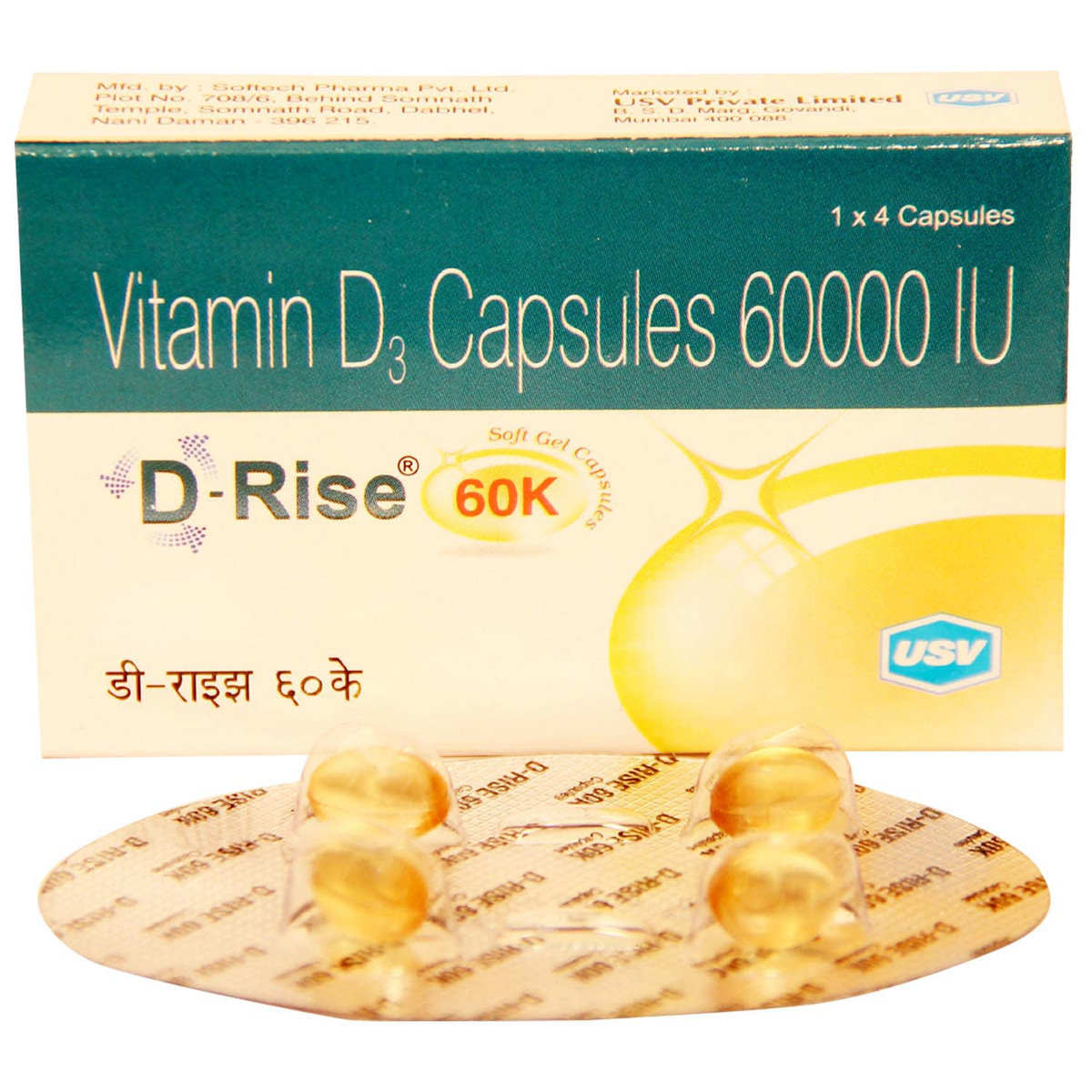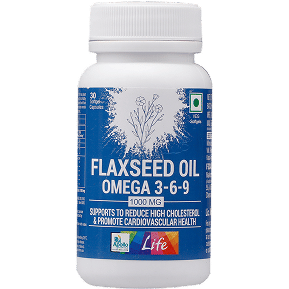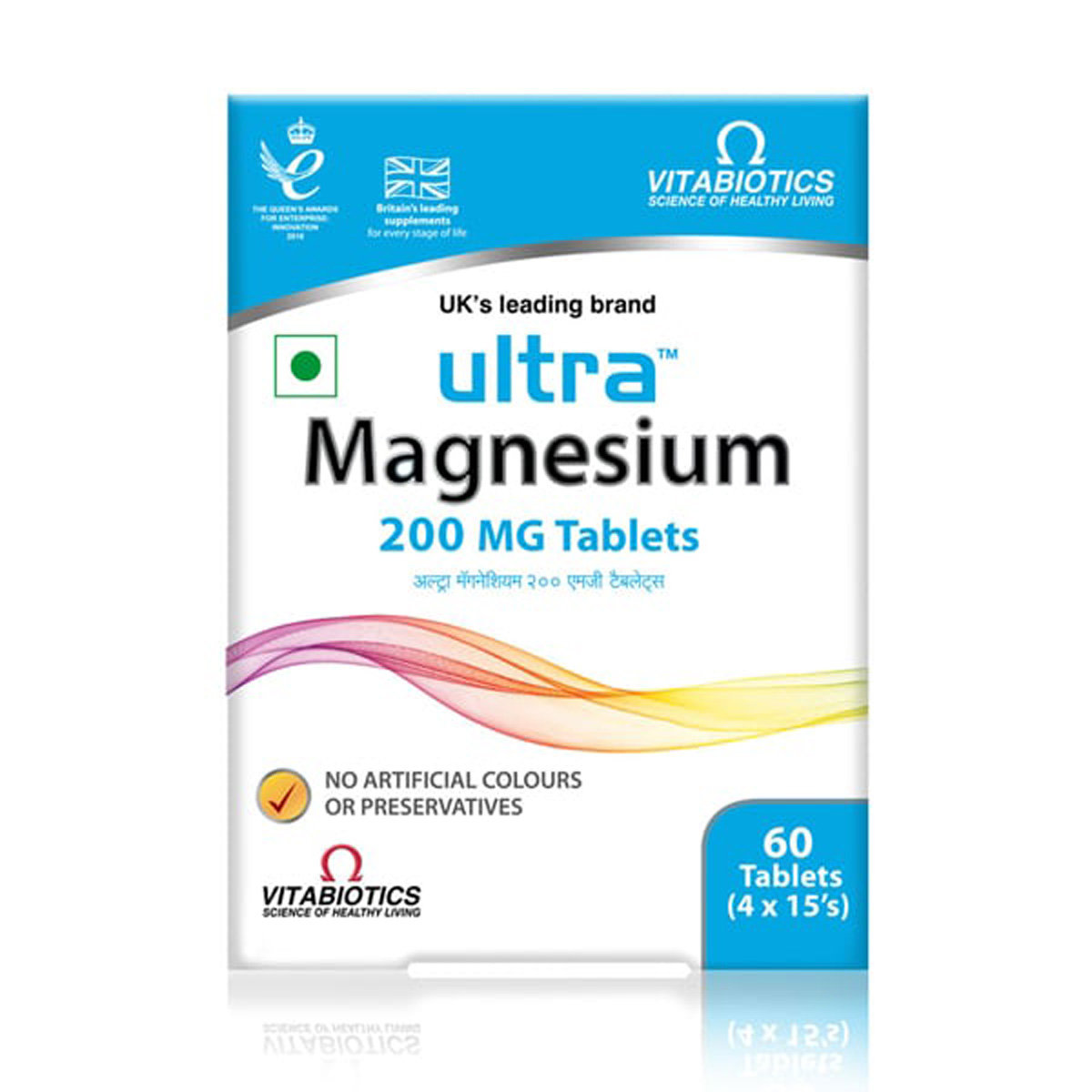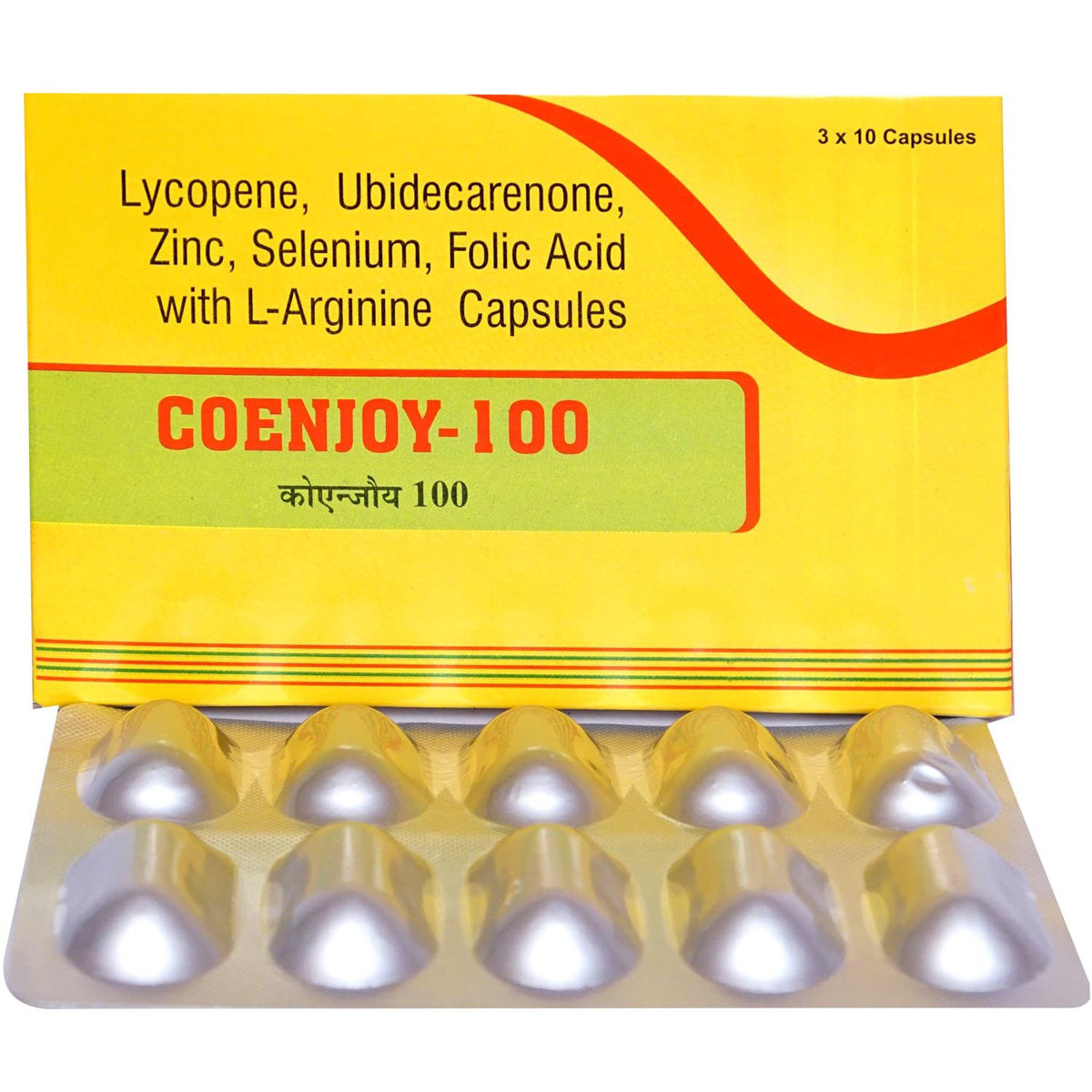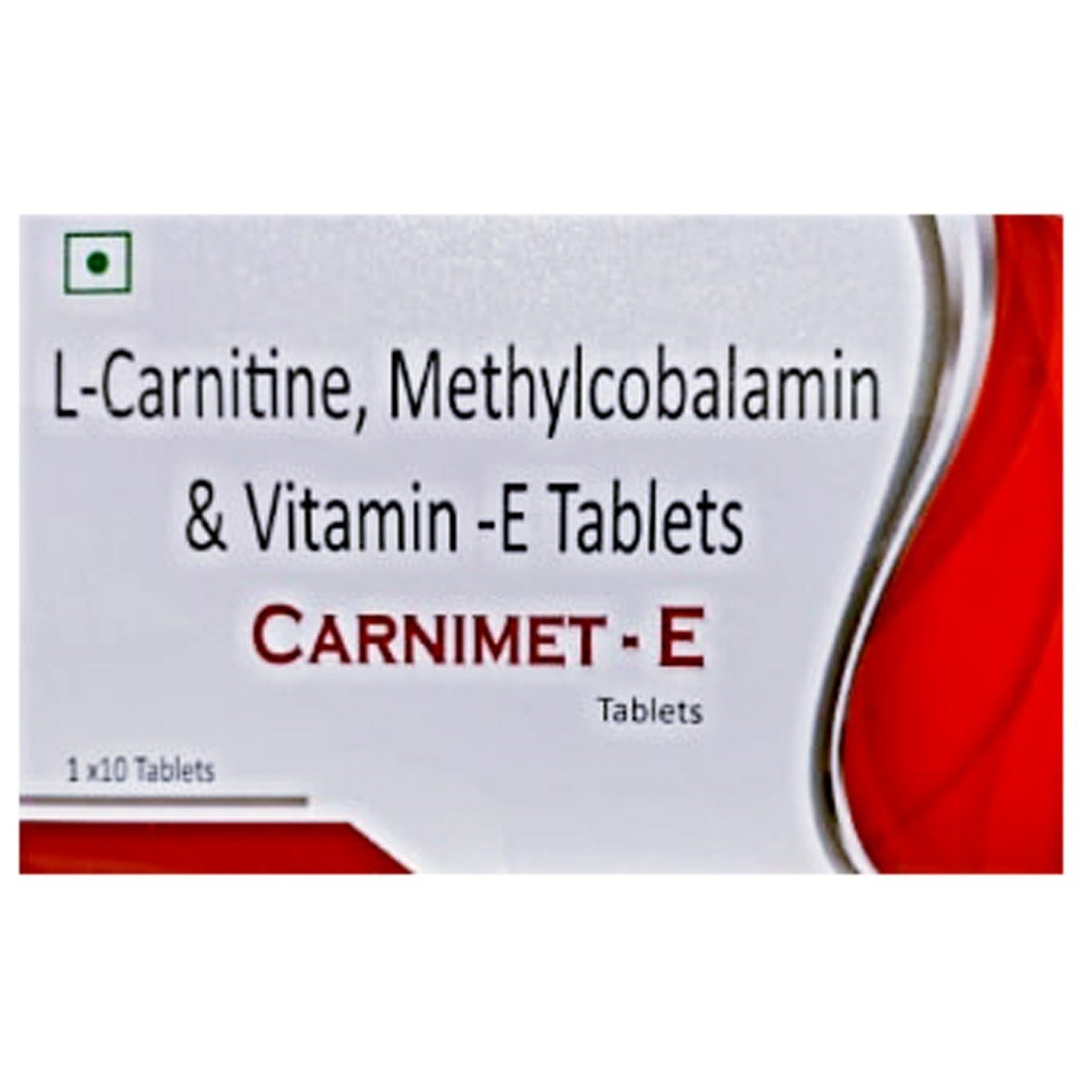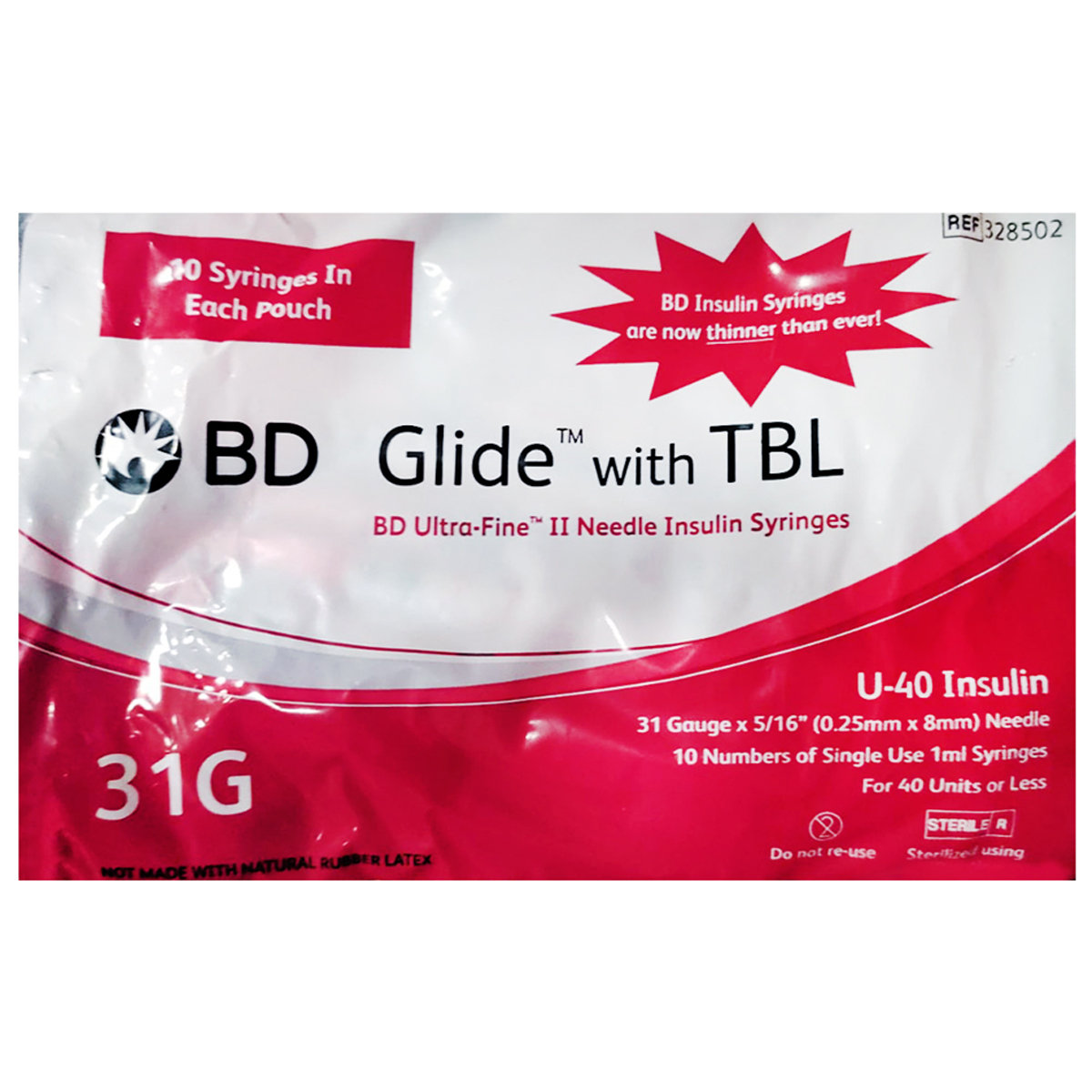Ismo 10 Tablet

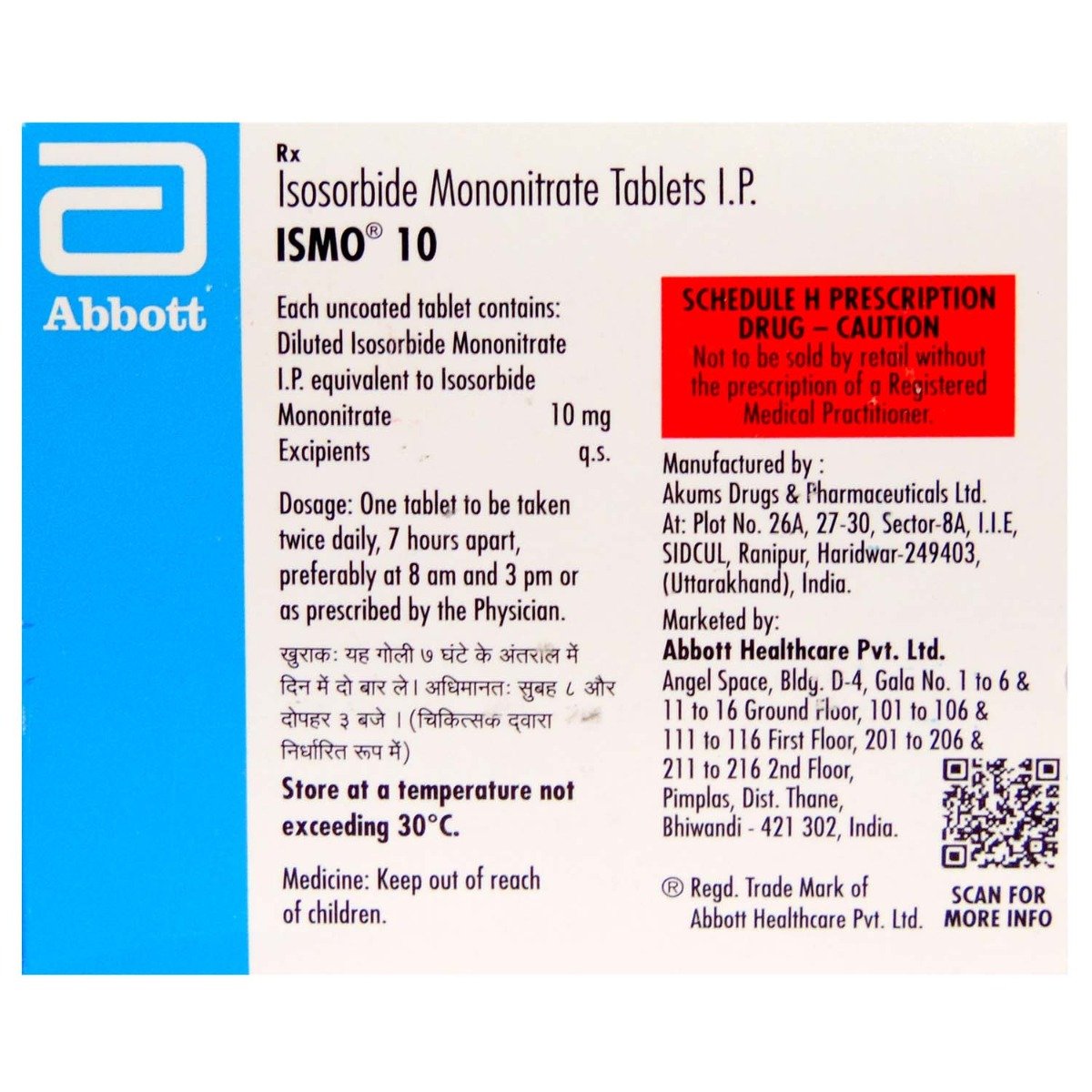
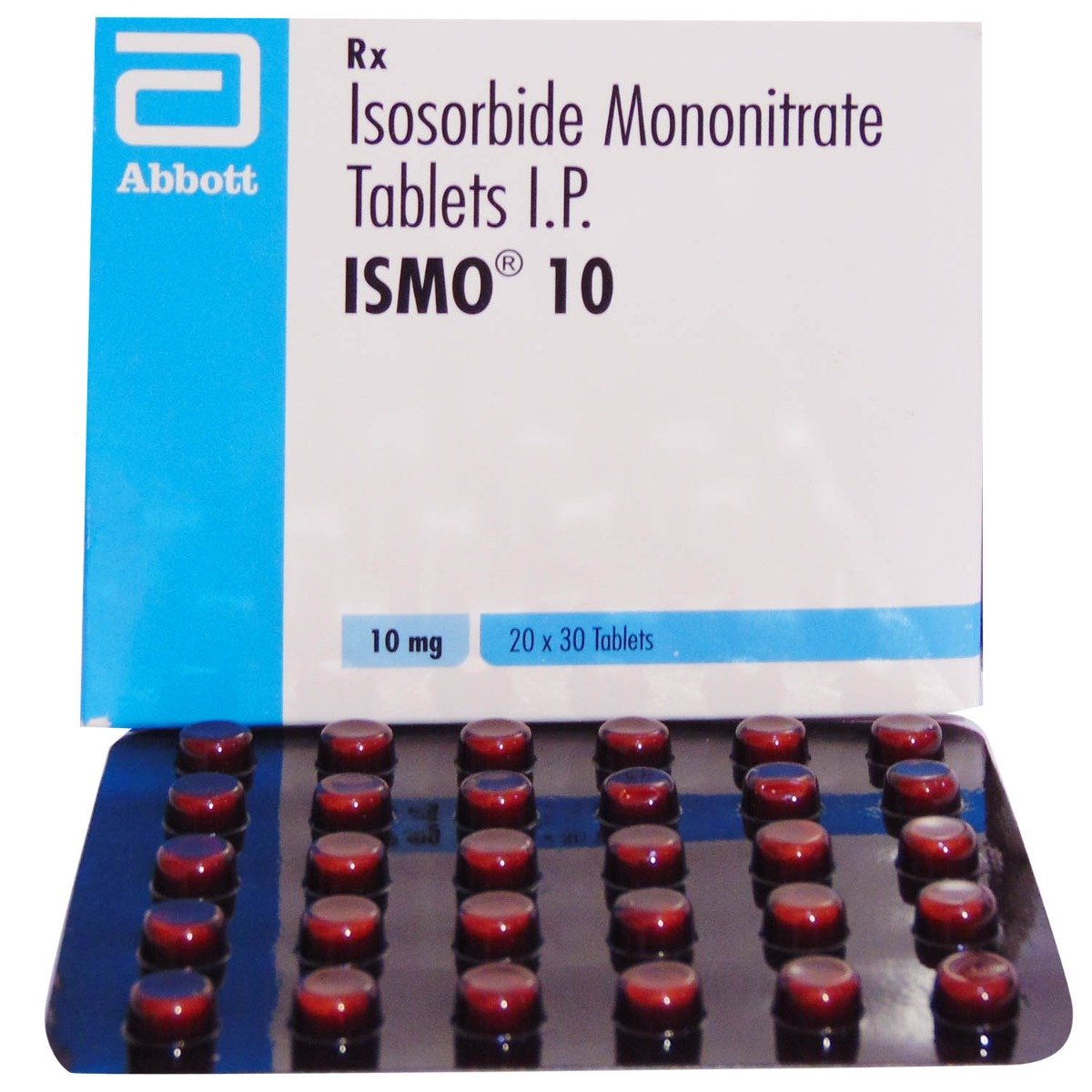
MRP ₹75
(Inclusive of all Taxes)
₹11.3 Cashback (15%)
know your delivery time
Provide Delivery Location
Composition :
Manufacturer/Marketer :
Consume Type :
Expires on or after :
Return Policy :

Secure Payment

Trusted by 8 Crore Indians

Genuine Products
Therapeutic Class
Country of origin
Manufacturer/Marketer address
Author Details
We provide you with authentic, trustworthy and relevant information
Disclaimer
Alcohol
Safe if prescribed
Do not drink alcohol. It could increase the effect of Ismo 10 Tablet and lower your blood pressure too much. If this happens, you may feel dizzy or faint.
Pregnancy
Consult your doctor
If you are pregnant, think you may be pregnant or are planning to have a baby, ask your doctor or pharmacist for advice before taking this medicine.
Breast Feeding
Consult your doctor
If you are a breast-feeding mother, think you may be pregnant or are planning to have a baby, ask your doctor or pharmacist for advice before taking this medicine.
Driving
Safe if prescribed
Ismo 10 Tablet may give you headache, blurred vision or make you feel dizzy or tired make sure you are not affected before you drive or operate machinery.
Liver
Consult your doctor
A patient is advised to take this drug only on doctor's consultation as there have been reports of interactions between liver patients and Ismo 10 Tablet .
Kidney
Consult your doctor
A patient is advised to take this drug only on doctor's consultation as there have been reports of interactions between Kidney patients and Ismo 10 Tablet .
Children
Safe if prescribed
Not to be given in children unless prescribed by a doctor.
Product Substitutes
About Ismo 10 Tablet
Ismo 10 Tablet belongs to the class of organic nitrates with blood vessel dilating activity. It is used for a heart condition called angina pectoris in which blood vessels of the heart get narrowed in an unexpected and sudden manner leading to decreased blood flow to the muscles of the heart leading to its suffocation & thus leading to a tight pain in the chest, neck or arm area.
Ismo 10 Tablet a mononitrate form of isosorbide is a powerful vasodilator (widens blood vessels). It works by the formation of the free radical nitric oxide (NO) inside our body which leads to the relaxation of muscles of blood vessels, especially of the heart leading to proper blood flow towards the heart muscle which has been working under immense pressure due to decreased blood flow to it.
Ismo 10 Tablet should be taken as prescribed by your doctor, with or without a meal at fixed intervals every day for best results. The dose of Ismo 10 Tablet can vary depending upon your condition and the severity of the condition. Also, it is recommended to complete the course of medicine even if you feel better. The common side effects of Ismo 10 Tablet include nausea, dizziness & headache. Everyone need not experience the above side effects. In case of any discomfort, speak with a doctor.
Before starting Ismo 10 Tablet , please inform your doctor if you have any allergy (against any nitrate), have suffered a heart attack/stroke, or have an eye disease called glaucoma. Do not take Ismo 10 Tablet on your own as, self-medication. If you are pregnant or breastfeeding, think you may be pregnant, or are planning to have a baby, ask your doctor or pharmacist for advice before taking this medicine.
Uses of Ismo 10 Tablet
Medicinal Benefits Mweb
Key Benefits
Ismo 10 Tablet belongs to a class of medicines called nitrate vasodilators. These operate by relaxing the blood vessels of the heart, reducing the stress on the heart and making it easier to pump blood. Ismo 10 Tablet is used to prevent attacks of angina pectoris. Angina usually feels like tight chest pain, neck or arm area. The pain originates from the heart muscle and is a sign that part of it is not getting enough oxygen for the amount of work it is doing.
Directions for Use
Side Effects of Ismo 10 Tablet
- Fainting
- Low blood pressure
- Headache
- Dizziness
- Nausea
- Swelling of eyelids, face or lips
- Rash or itching especially those covering your whole body
- Exfoliative dermatitis (serious illness with blistering of the skin, mouth, eyes and genitals)
Drug Warnings
Communicate to your doctor or pharmacist before taking Ismo 10 Tablet if a patient has low performing thyroid gland, is undernourished because of a poor diet, has severe liver/kidney problems, suffers from hypothermia (very low body temperature), suffers from very poor blood circulation, has had any lethal damage to heart such as a heart attack or suffers from a disease called glaucoma (increased pressure in the eye).
Drug-Drug Interactions
Drug-Drug Interactions
Login/Sign Up
Taking Riociguat with Ismo 10 Tablet can cause low blood pressure.
How to manage the interaction:
Taking Ismo 10 Tablet with Riociguat is not recommended, but it can be taken together if prescribed by a doctor. However, consult your doctor if you experience dizziness, lightheadedness, fainting, headache, flushing, heart palpitations, priapism in males (persistent and painful erection unrelated to sexual activity). Do not discontinue any medications without consulting a doctor.
Coadministration of Tadalafil with Ismo 10 Tablet can increase the risk or severity of low blood pressure.
How to manage the interaction:
Taking Ismo 10 Tablet with Tadalafil is not recommended, but it can be taken together if prescribed by a doctor. However, consult a doctor if you experience dizziness, or heart palpitations. Do not discontinue any medications without consulting a doctor.
Taking Ismo 10 Tablet together with dihydroergotamine can increase the effects of dihydroergotamine.
How to manage the interaction:
Although taking Ismo 10 Tablet and dihydroergotamine together can possibly result in an interaction, it can be taken if your doctor has prescribed it. However, consult the doctor immediately if you experience an irregular heartbeat, nausea, vomiting, weakness, or coldness, numbness, chest pain or pain in the hands, feet, arms, or legs. Do not discontinue any medications without consulting a doctor.
Taking Ismo 10 Tablet with sodium nitrite may cause methemoglobinemia (blood disorder in which too little oxygen is delivered to your cells).
How to manage the interaction:
Although taking Ismo 10 Tablet and sodium nitrite together can possibly result in an interaction, it can be taken if your doctor has prescribed it. However, consult the doctor immediately if you develop gray discoloration of the skin, abnormal blood coloration, nausea, headache, dizziness, lightheadedness, fatigue, shortness of breath, rapid or shallow breathing, a rapid heartbeat, palpitation, anxiety, or confusion. Do not stop using any medications without consulting doctor.
Taking Ismo 10 Tablet with tizanidine will have an additive effect and may lower blood pressure.
How to manage the interaction:
Although taking Ismo 10 Tablet and tizanidine together can possibly result in an interaction, but it can be taken if your doctor has prescribed it. However, consult the doctor immediately if you experience symptoms such as headache, dizziness, lightheadedness, fainting, and/or pulse or heart rate changes. Do not stop using any medications without consulting doctor.
Drug-Food Interactions
Drug-Food Interactions
Login/Sign Up
Drug-Diseases Interactions
Drug-Diseases Interactions
Login/Sign Up
Drug-Drug Interactions Checker List
- SILDENAFIL
- ISOSORBIDE DINITRATE
- CAPTOPRIL
- CLONIDINE
- MOXONIDINE
- DIHYDROERGOTAMINE
- AMITRIPTYLINE
Habit Forming
Special Advise
- Avoid vigorous physical activity that may aggravate anginal attack.
- Avoid smoking.
- A patient should avoid places where airflow is restricted.
Diet & Lifestyle Advise
- Adopting a heart-healthy lifestyle will help you keep your cholesterol and blood pressure down, keep your arteries clear and avoid angina.
- Eat plenty of fruits, vegetables, whole grains and low-fat sources of protein such as nuts and fish.
- Regularly workout.
- Maintain a healthy weight and keep your diabetes in check.
- Stop smoking.
All Substitutes & Brand Comparisons
RX
Out of StockAngitrate 10mg Tablet
₹10.4
(₹0.94 per unit)
58% CHEAPERRX
Out of StockIsoder-10 mg Tablet 10's
Elder Pharmaceuticals Ltd
₹19.5
(₹1.76 per unit)
21% CHEAPERRX
Out of StockMonistac 10mg Tablet
₹20
(₹1.8 per unit)
19% CHEAPER

Have a query?
Buy best Cardiology products by
Torrent Pharmaceuticals Ltd
Sun Pharmaceutical Industries Ltd
Lupin Ltd
Intas Pharmaceuticals Ltd
Cipla Ltd
Micro Labs Ltd
Macleods Pharmaceuticals Ltd
Abbott India Ltd
Ajanta Pharma Ltd
Ipca Laboratories Ltd
Eris Life Sciences Ltd
Mankind Pharma Pvt Ltd
Lloyd Healthcare Pvt Ltd
Dr Reddy's Laboratories Ltd
Glenmark Pharmaceuticals Ltd
Emcure Pharmaceuticals Ltd
Alembic Pharmaceuticals Ltd
Alkem Laboratories Ltd
East West Pharma India Pvt Ltd
USV Pvt Ltd
Zydus Healthcare Ltd
Aristo Pharmaceuticals Pvt Ltd
Elbrit Life Sciences Pvt Ltd
J B Chemicals & Pharmaceuticals Ltd
Zydus Cadila
Akumentis Healthcare Ltd
Alteus Biogenics Pvt Ltd
Hbc Life Sciences Pvt Ltd
Fusion Health Care Pvt Ltd
Troikaa Pharmaceuticals Ltd
La Renon Healthcare Pvt Ltd
Corona Remedies Pvt Ltd
Jubilant Lifesciences Ltd
Medley Pharmaceuticals Ltd
Knoll Healthcare Pvt Ltd
Msn Laboratories Pvt Ltd
Zuventus Healthcare Ltd
Cadila Pharmaceuticals Ltd
Blue Cross Laboratories Pvt Ltd
Lividus Pharmaceuticals Pvt Ltd
Morepen Laboratories Ltd
Ranmarc Labs
Shrrishti Health Care Products Pvt Ltd
Sanofi India Ltd
Steris Healthcare
Elder Pharmaceuticals Ltd
Primus Remedies Pvt Ltd
Unison Pharmaceuticals Pvt Ltd
Eswar Therapeutics Pvt Ltd
Knoll Pharmaceuticals Ltd
Tas Med India Pvt Ltd
Systopic Laboratories Pvt Ltd
Indiabulls Pharmaceuticals Pvt Ltd
Leeford Healthcare Ltd
Sinsan Pharmaceuticals Pvt Ltd
Biochem Pharmaceutical Industries Ltd
Cadila Healthcare Ltd
Azkka Pharmaceuticals Pvt Ltd
Nirvana India Pvt Ltd
Orsim Pharma
Prevego Healthcare & Research Pvt Ltd
Econ Healthcare
Elinor Pharmaceuticals (P) Ltd
FDC Ltd
Sunij Pharma Pvt Ltd
Nicholas Piramal India Ltd
Astra Zeneca Pharma India Ltd
Pfizer Ltd
Lia Life Sciences Pvt Ltd
Shine Pharmaceuticals Ltd
Elicad Pharmaceuticals Pvt Ltd
Indoco Remedies Ltd
Proqol Health Care Pvt Ltd
Vasu Organics Pvt Ltd
Biocon Ltd
Opsis Care Lifesciences Pvt Ltd
Johnlee Pharmaceuticals Pvt Ltd
Merck Ltd
Wockhardt Ltd
Auspharma Pvt Ltd
Ergos Life Sciences Pvt Ltd
Lakshya Life Sciences Pvt Ltd
Ordain Health Care Global Pvt Ltd
Pficus De Med Pvt Ltd
ALICAN PHARMACEUTICAL PVT LTD
RPG Life Sciences Ltd
Glynis Pharmaceuticals Pvt Ltd
Orris Pharmaceuticals
Samarth Life Sciences Pvt Ltd
Aprica Pharmaceuticals Pvt Ltd
Aretaeus Pharmaceuticals Pvt Ltd
Koye Pharmaceuticals Pvt Ltd
Neocardiab Care
Retra Life Science Pvt Ltd
Alniche Life Sciences Pvt Ltd
Alvio Pharmaceuticals Pvt Ltd
Arkas Pharma Pvt Ltd
Atos Lifesciences Pvt Ltd
Divine Savior Pvt Ltd
Metalis Lifesciences Pvt Ltd
Frequently Bought Together
₹155.7
MRP ₹173
10% off
1
+₹185.3
MRP ₹234
21% off
1
+₹223.9
MRP ₹271.5
18% off
1
+₹333
MRP ₹370
10% off
1
+₹168.8
MRP ₹187.5
10% off
1
+₹49.9
MRP ₹56
11% off
1
+₹175.5
MRP ₹195
10% off
1
+₹135.6
MRP ₹154.5
12% off
6
+₹176
MRP ₹195.5
10% off
1
+₹279.5
MRP ₹310.5
10% off
1
+Customers Also Bought
Recommended for a 30-day course: 2 Strips





